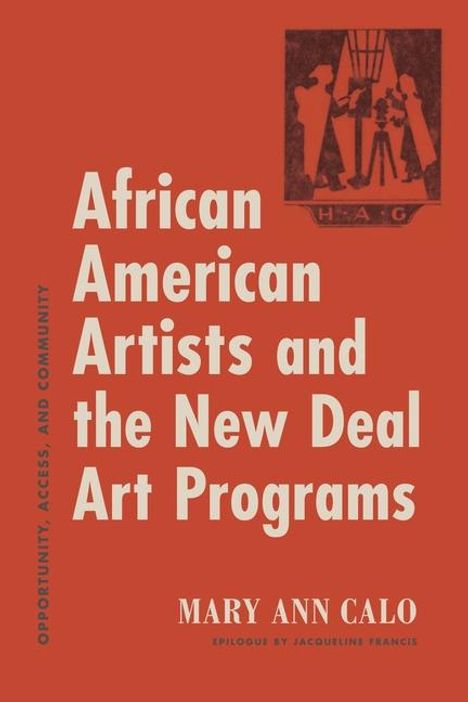Mary Ann Calo: African American Artists and the New Deal Art Programs, Kartoniert / Broschiert
African American Artists and the New Deal Art Programs
- Opportunity, Access, and Community
(soweit verfügbar beim Lieferanten)
- Verlag:
- Pennsylvania State University Press, 04/2025
- Einband:
- Kartoniert / Broschiert
- Sprache:
- Englisch
- ISBN-13:
- 9780271094946
- Artikelnummer:
- 12042970
- Umfang:
- 216 Seiten
- Gewicht:
- 376 g
- Maße:
- 229 x 152 mm
- Stärke:
- 15 mm
- Erscheinungstermin:
- 15.4.2025
- Hinweis
-
Achtung: Artikel ist nicht in deutscher Sprache!
Klappentext
This book examines the involvement of African American artists in the New Deal art programs of the 1930s. Emphasizing broader issues informed by the uniqueness of Black experience rather than individual artists' works, Mary Ann Calo makes the case that the revolutionary vision of these federal art projects is best understood in the context of access to opportunity, mediated by the reality of racial segregation. Focusing primarily on the Federal Art Project (FAP) of the Works Progress Administration (WPA), Calo documents African American artists' participation in community art centers in Harlem, in St. Louis, and throughout the South. She examines the internal workings of the Harlem Artists' Guild, the Guild's activities during the 1930s, and its alliances with other groups, such as the Artists' Union and the National Negro Congress. Calo also explores African American artists' representation in the exhibitions sponsored by WPA administrators and the critical reception of their work. In doing so, she elucidates the evolving meanings of the terms race, culture, and community in the interwar era. The book concludes with an essay by Jacqueline Francis on Black artists in the early 1940s, after the end of the FAP program. Presenting essential new archival information and important insights into the experiences of Black New Deal artists, this study expands the factual record and positions the cumulative evidence within the landscape of critical race studies. It will be welcomed by art historians and American studies scholars specializing in early twentieth-century race relations.


